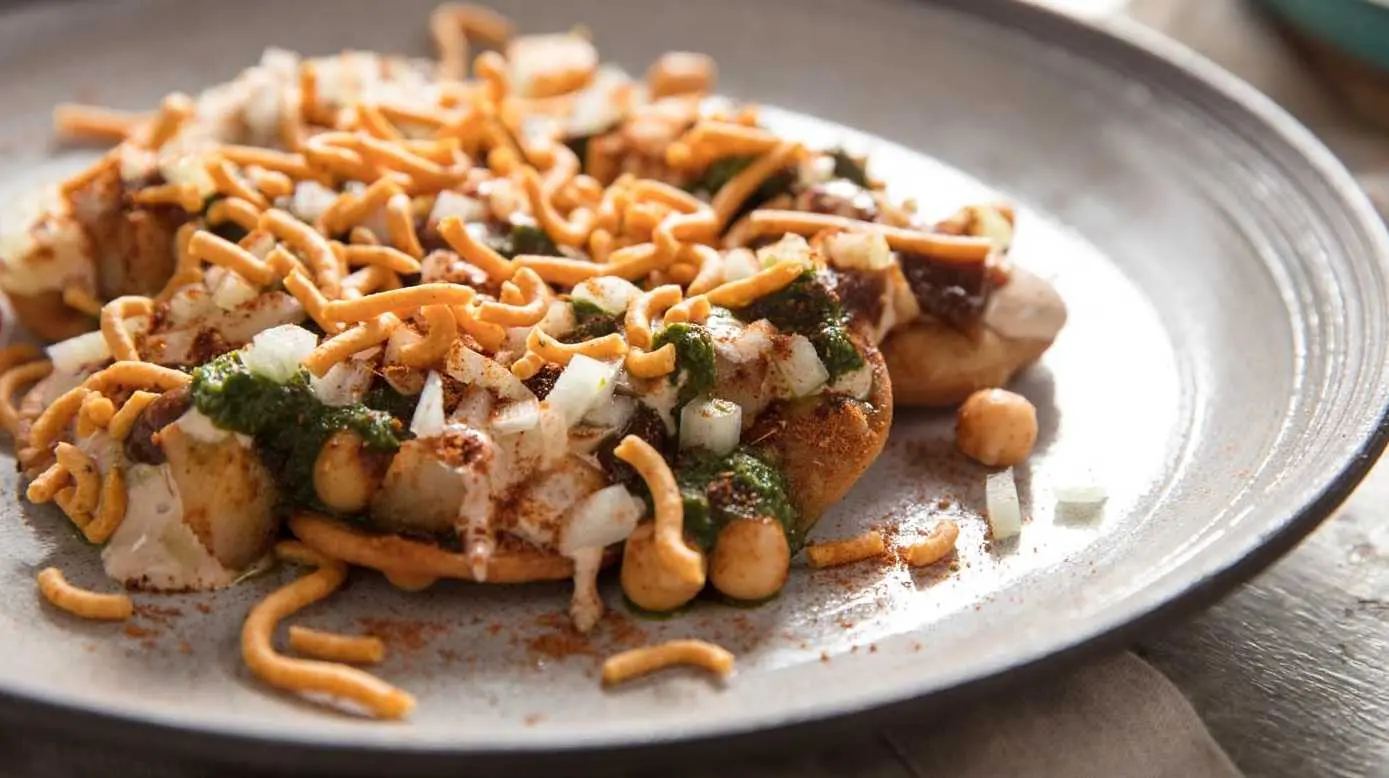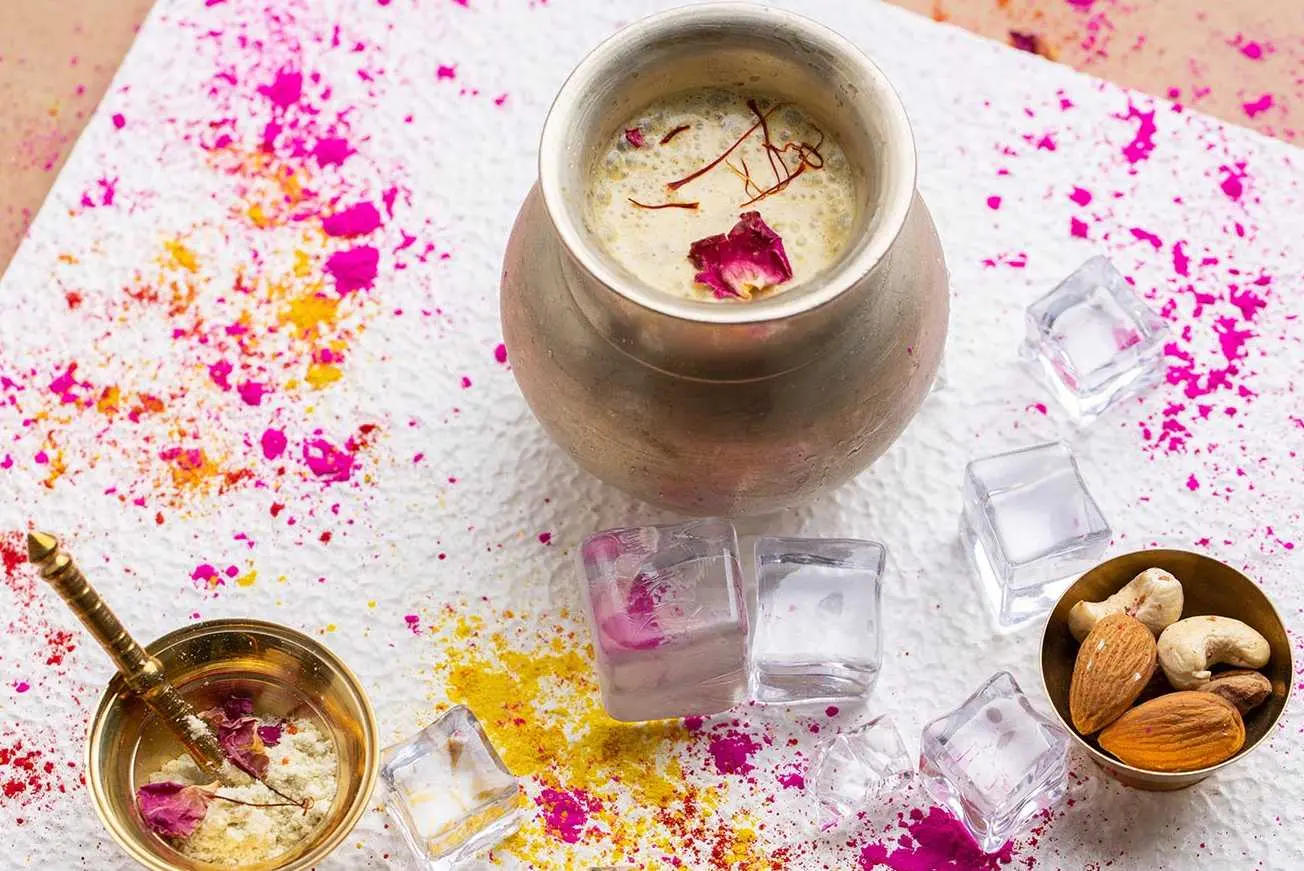🔥 The Legend of Kamadeva – The God of Love
In southern India, Holi is also linked to Kamadeva, the god of love. According to legend, Kamadeva tried to wake Lord Shiva from deep meditation with a love arrow to help restore balance to the world. Shiva, angered by the interruption, opened his third eye and reduced Kamadeva to ashes.
Kamadeva’s selfless act is honoured during Holi by offering mango blossoms and applying sandalwood paste to soothe his burns—an act of reverence and remembrance.
In southern India, Holi is also linked to Kamadeva, the god of love. According to legend, Kamadeva tried to wake Lord Shiva from deep meditation with a love arrow to help restore balance to the world. Shiva, angered by the interruption, opened his third eye and reduced Kamadeva to ashes.
Kamadeva’s selfless act is honoured during Holi by offering mango blossoms and applying sandalwood paste to soothe his burns—an act of reverence and remembrance.
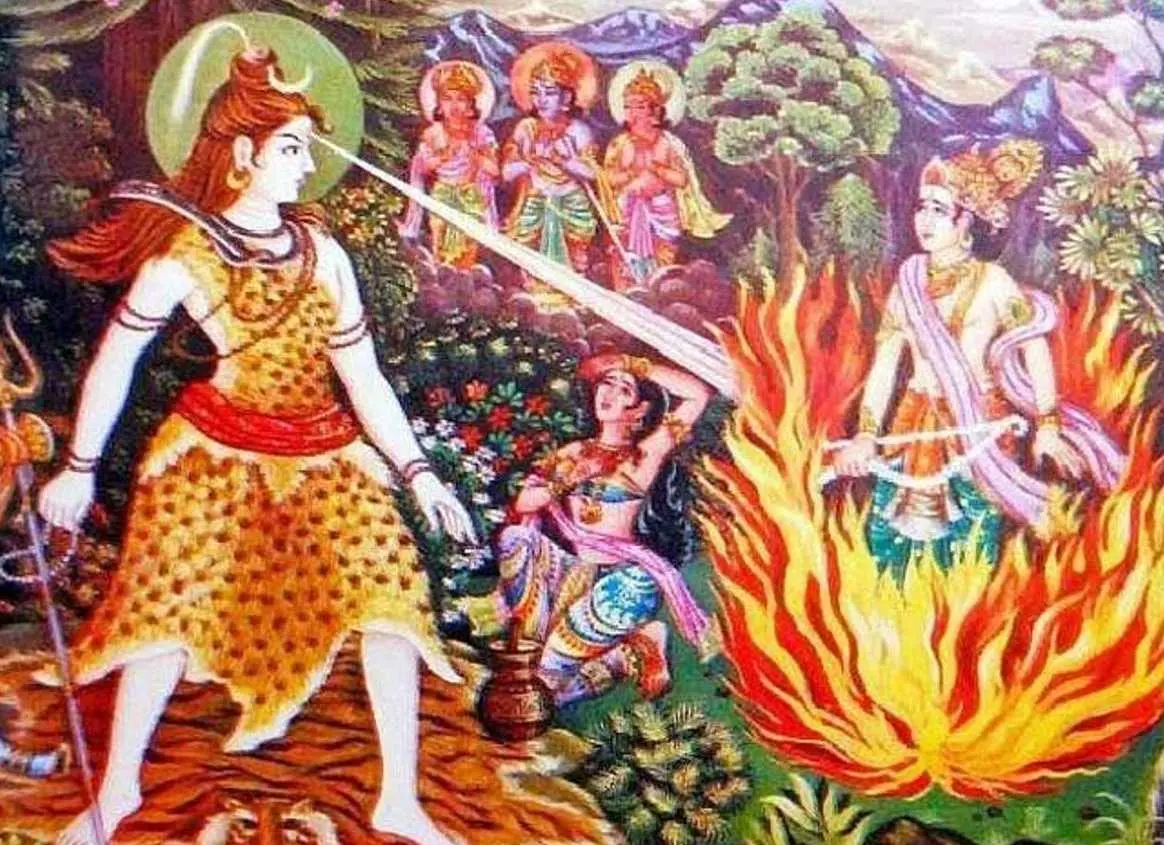
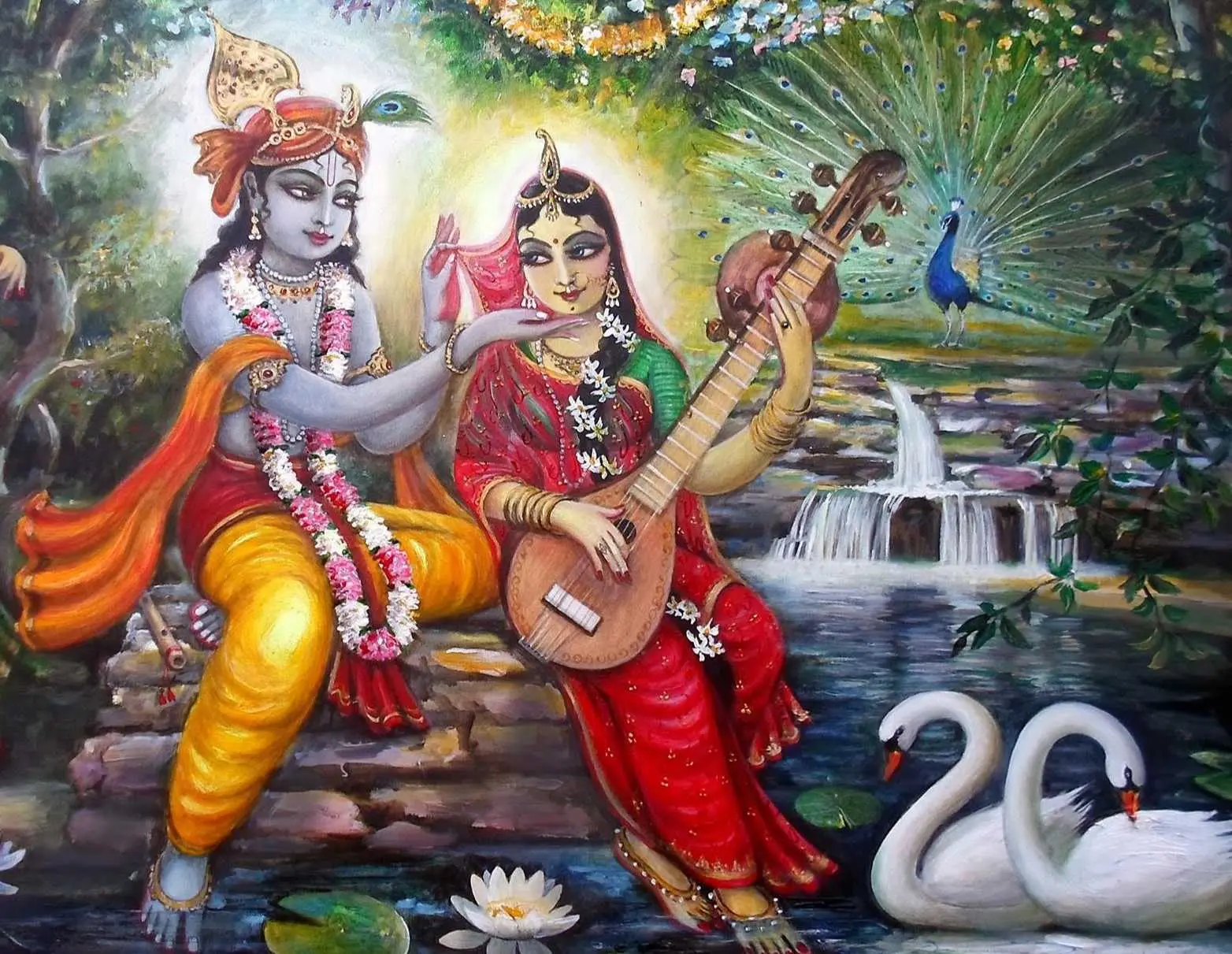
🎨 Krishna & Radha – The Colour Fight Legend
The playful tradition of throwing colours during Holi is rooted in the love story of Krishna and Radha. As a child, Krishna turned blue after drinking poisoned milk. Later, he fell in love with fair-skinned Radha and, on his mother’s advice, coloured her face to make them "equal."
This act of love sparked a joyful tradition. Today, people throw gulal (coloured powder) at each other to honour this divine romance and the playful mischief of young Krishna.
The playful tradition of throwing colours during Holi is rooted in the love story of Krishna and Radha. As a child, Krishna turned blue after drinking poisoned milk. Later, he fell in love with fair-skinned Radha and, on his mother’s advice, coloured her face to make them "equal."
This act of love sparked a joyful tradition. Today, people throw gulal (coloured powder) at each other to honour this divine romance and the playful mischief of young Krishna.
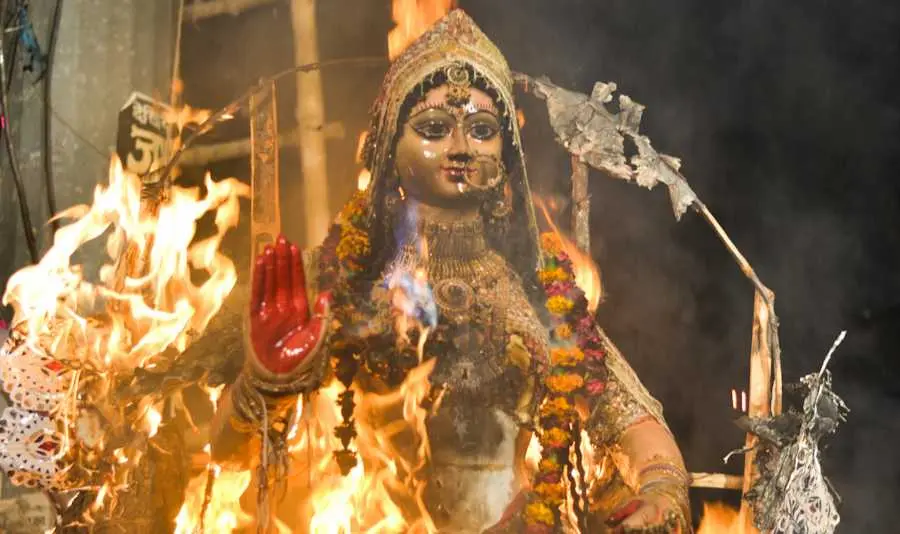
The Holika Dahan Legend (Burning of Holika)
This legend, considered to be one of the most well-known and popular legends in India, is connected to the festival like no other - the word Holi is derived from the name Holika. The legend has it that there was a king Hiranyakashipu who was gifted five magical powers that made him think of himself as a god and he ordered everyone to worship him. So everyone did... except for his son Prahlad, who refused to obey his father and promised to stay loyal to god Vishnu.
This legend, considered to be one of the most well-known and popular legends in India, is connected to the festival like no other - the word Holi is derived from the name Holika. The legend has it that there was a king Hiranyakashipu who was gifted five magical powers that made him think of himself as a god and he ordered everyone to worship him. So everyone did... except for his son Prahlad, who refused to obey his father and promised to stay loyal to god Vishnu.
THE LEGENDS BEHIND HOLI
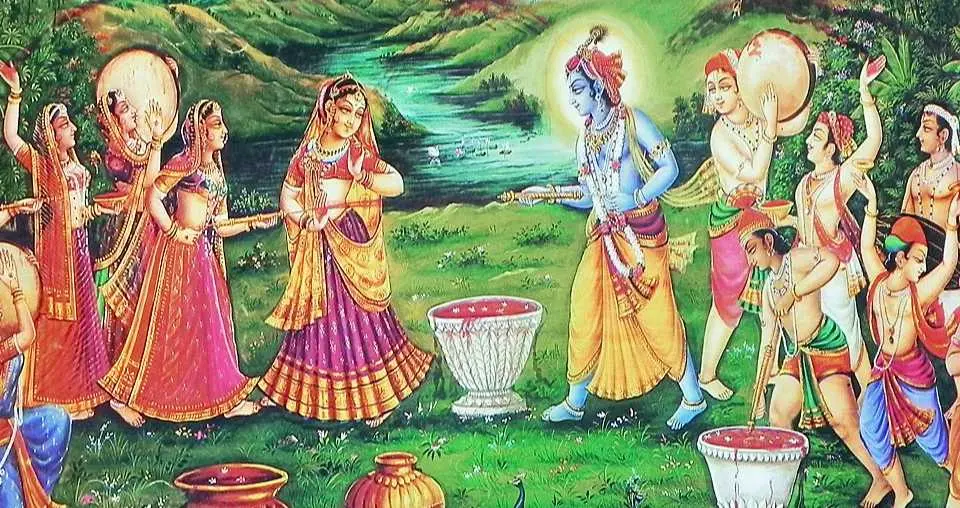
LanguageEasy Newsletter
Subscribe to LanguageEasy Newsletter to receive updates, language learning tips and more :)


